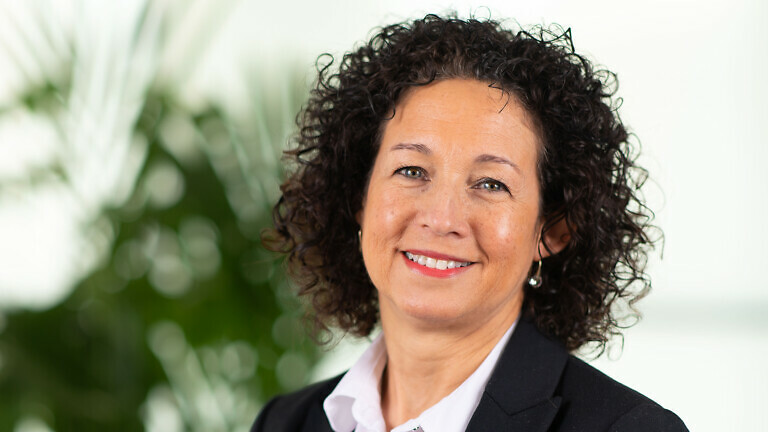Recent reporting has renewed focus on the differing standards that exist within obstetric ultrasound services across the UK.
The sector now includes a broad spectrum of providers, from fully regulated clinical environments to commercial operators offering scans for non-clinical or ‘entertainment’ purposes. As this diversity has grown, so too have questions regarding governance, transparency, and public understanding of what these services actually provide.
Obstetric ultrasound is traditionally a clinical tool designed to identify foetal development issues, confirm gestation, and escalate medical concerns when necessary. In contrast, the rise of non-clinical or commercially driven scanning services has introduced a new category of scans where the primary purpose may be reassurance, imagery, or experience rather than diagnosis. This differentiation is not always clearly communicated to expectant parents, leading to potential misunderstandings about the purpose and limitations of each type of scan.
A central issue highlighted in recent discussions is practitioner qualification. While many sonographers operating in clinical contexts follow established professional guidelines, training requirements and oversight vary considerably among commercial providers. This variability can affect the consistency of referrals when unexpected findings occur, raising questions about where responsibility lies and how effectively risks are managed.
Across the healthcare and insurance sectors, stakeholders point to the importance of clear role definition. Understanding who is conducting the scan, the environment in which it is delivered, and what obligations apply if something abnormal is detected is increasingly seen as essential for maintaining transparency and trust. These considerations extend beyond clinical accuracy to how risks are interpreted, documented, and communicated.
At the same time, it is recognised that demand for accessible and affordable scanning options continues to grow. Many families value the additional reassurance or bonding experience that non-clinical scans can provide. The challenge, therefore, lies in ensuring that such services are accurately represented, that their scope is clearly understood, and that any limitations are disclosed in a way that supports safe and informed decision-making.
As the landscape continues to evolve, the conversation is shifting toward alignment — not the elimination of commercial scanning, but improved clarity about what each service offers, who is qualified to deliver it, and how any concerns identified during a scan should be handled. Stakeholders across the sector acknowledge that a consistent approach would support both patient confidence and operator accountability.




